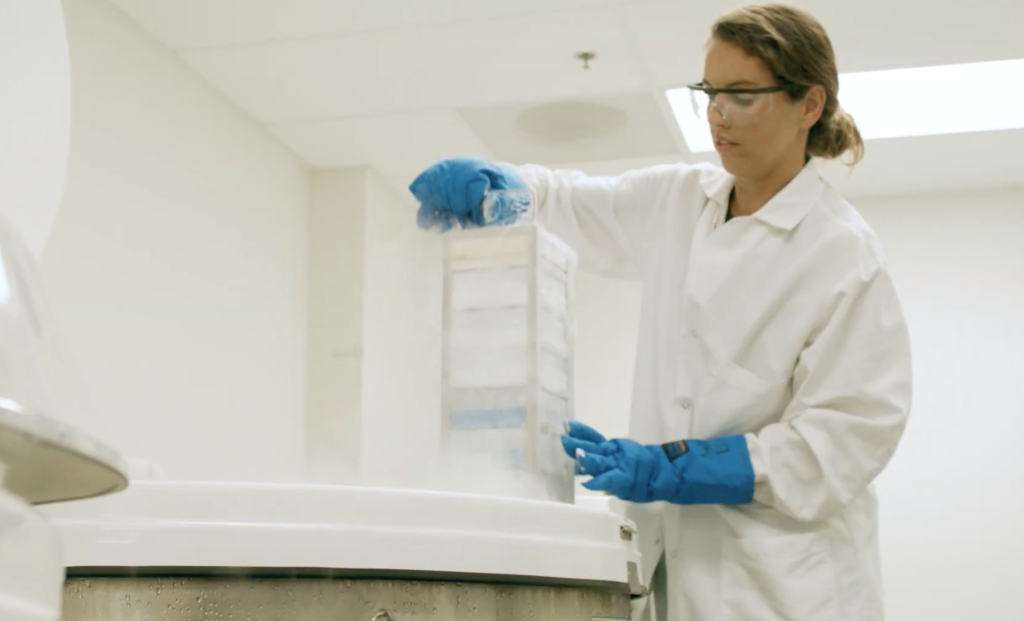Over the last 15 years our lab has been studying the link between lymphotoxins (LT) and the regulation of type I interferons (IFN-I) during CMV infection. Mice deficient in LT signaling pathways show increased susceptibility to infection with MCMV due to their inability to mount a strong, initial IFN-I response to infection. Triggering signaling by the LTß-receptor at the earliest times of CMV infection can restore IFN-I production and protect mice against MCMV infection, highlighting this pathway as critical for innate antiviral defense. We have shown that this LT-IFN axis is operable in stromal cells located in the splenic marginal zone (MZ), and that these MZ stromal cells make copious amounts of IFN-I, similar to the levels produced plasmacytoid dendritic cells (pDC). In addition, it is the this stromal-derived IFN-I that is critical for controlling replication of MCMV at the earliest times of infection, not that produced by pDC and other DC subsets. Signaling by LTß can also dramatically increase production of IFN-I in HCMV infected cells, indicating a conserved importance of this cytokine “axis” in the regulation of CMV pathogenesis.
The Lymphotoxin-Interferon Antiviral Immunity Axis
About La Jolla Institute
The La Jolla Institute for Immunology is dedicated to understanding the intricacies and power of the immune system so that we may apply that knowledge to promote human health and prevent a wide range of diseases. Since its founding in 1988 as an independent, nonprofit research organization, the Institute has made numerous advances leading toward its goal: life without disease. Visit lji.org for more information.
Share this Article:
- Research News
Future drugs could target specialized T cells to help the body fight tumors, infections, and more
- Institute News
LJI researchers receive WHAM Edge Awards to study how sex-based differences in the immune system affect patients
- Institute News
LJI scientists team up with Colorectal Cancer Alliance's Project Cure CRC to end this devastating cancer


